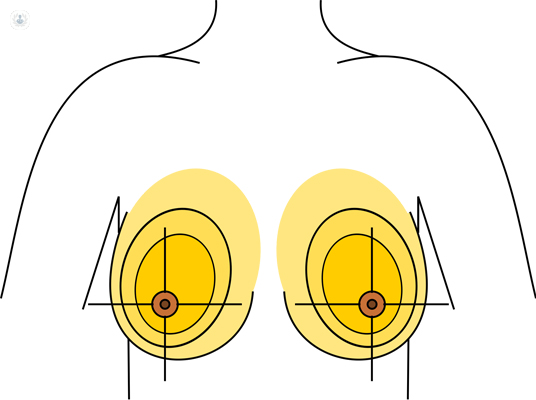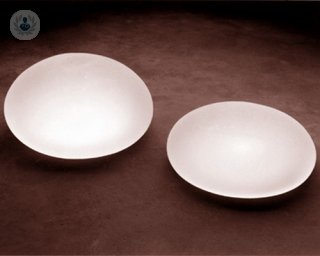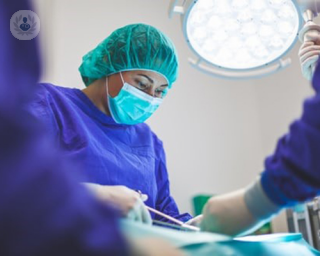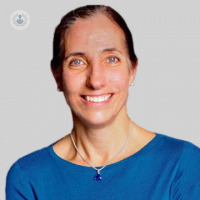Breast asymmetry
Mr Venkat Ramakrishnan - Plastic surgery
Created on: 11-13-2012
Updated on: 04-26-2023
Edited by: Karolyn Judge
What is breast asymmetry?
Women with breast asymmetry have breasts that are different in shape, position or size. In fact, the great majority of women have mild breast asymmetry. However, when the asymmetry is significant, it may adversely affect the woman’s body image, her self-esteem and confidence.
Breast asymmetry can be classified into three types:
Anisomastia: a significant difference in the volume and size of the breasts.
Anisothelia: a difference between the nipples and areolas.
Combined asymmetry: anisomastia and anisothelia.

What are the symptoms of breast asymmetry?
The symptoms of breast asymmetry are essentially aesthetic, manifesting as a difference in, for example, shape, size, developmental stage or fat percentage. In the most serious cases of breast asymmetry, there may even be a difference in osteomuscular structure or the breasts are completely different.
Causes of breast asymmetry
Significant breast asymmetry has several possible causes: it may be linked to a breast condition, a developmental problem, a hormonal problem, an unknown syndrome, an injury or periods of significant bodily change such as pregnancy or breastfeeding.
One of the diseases linked to breast asymmetry is breast cancer. Hence, all patients with breast asymmetry are advised to perform breast self-examination to detect any warning signs in a timely manner.
Can it be prevented?
Breast asymmetry appears while the breasts are developing during puberty. It cannot be prevented, except if it occurs as a secondary effect of a growth disorder that is diagnosed early. There are no measures you can take to prevent breast asymmetry.
What is the treatment?
The only solution to breast asymmetry is plastic, aesthetic and reconstructive surgery. The surgical techniques used depend on the surgeon and on the patient’s characteristics. However in many cases, breast augmentation, breast reduction or a combination of both will be done.














